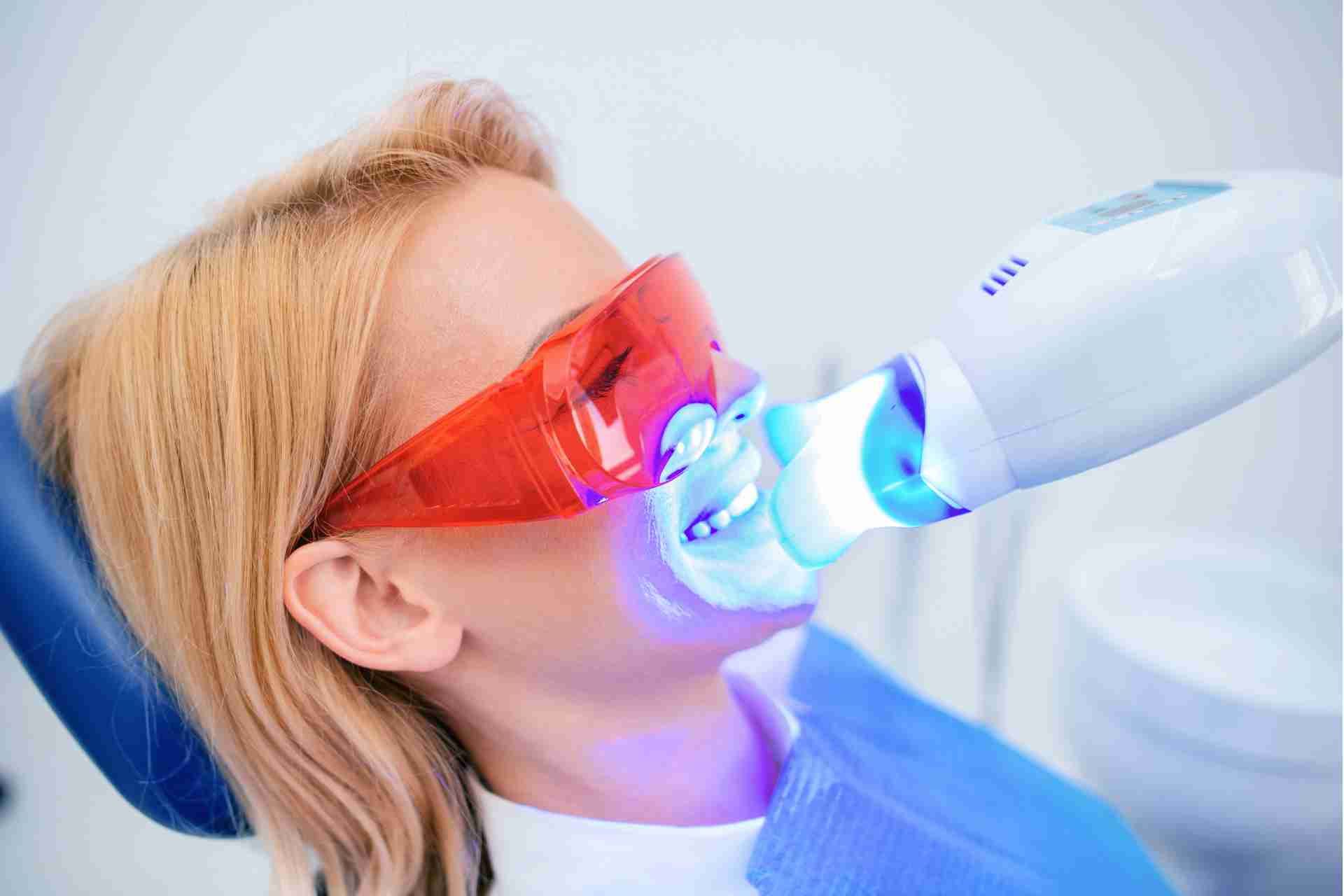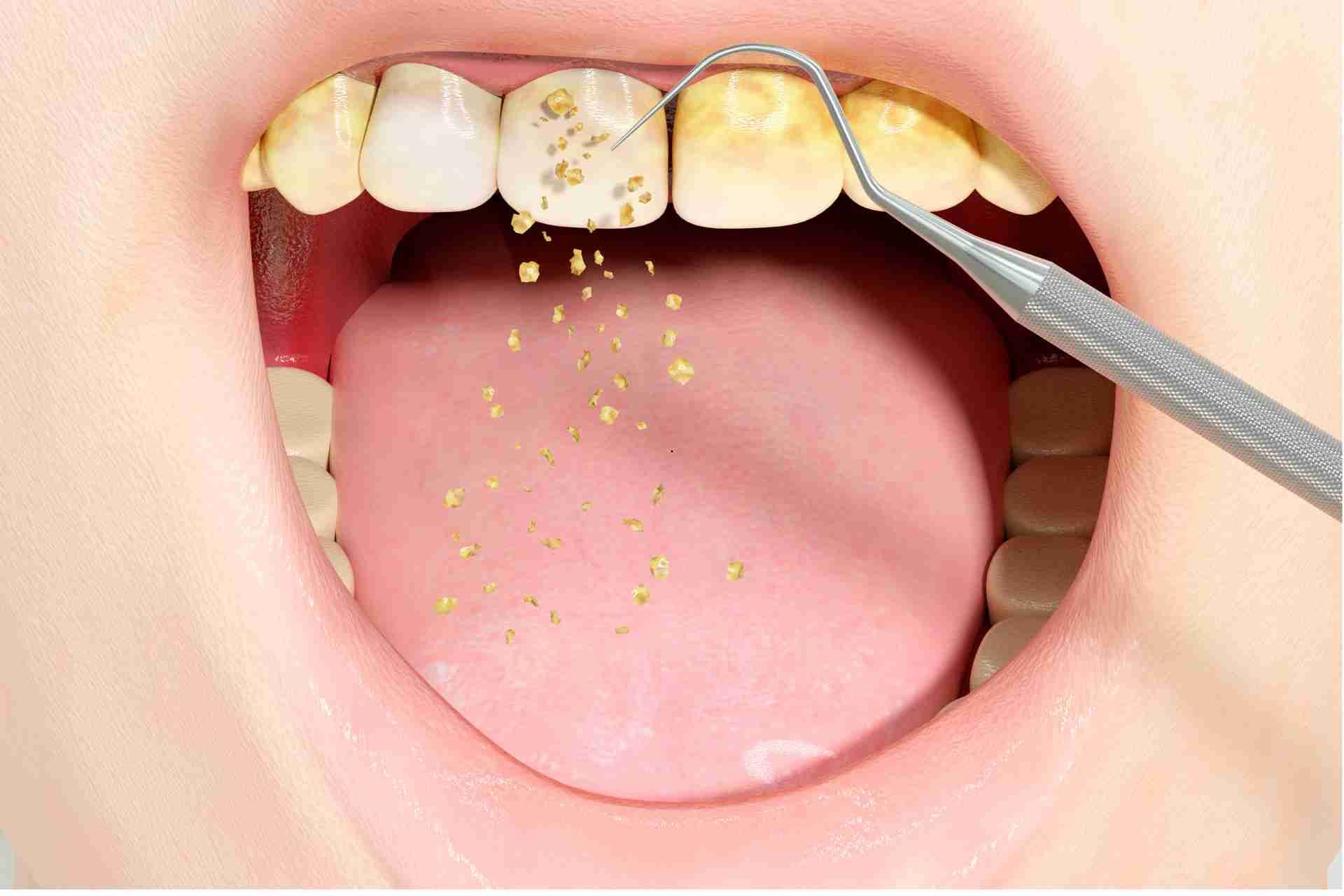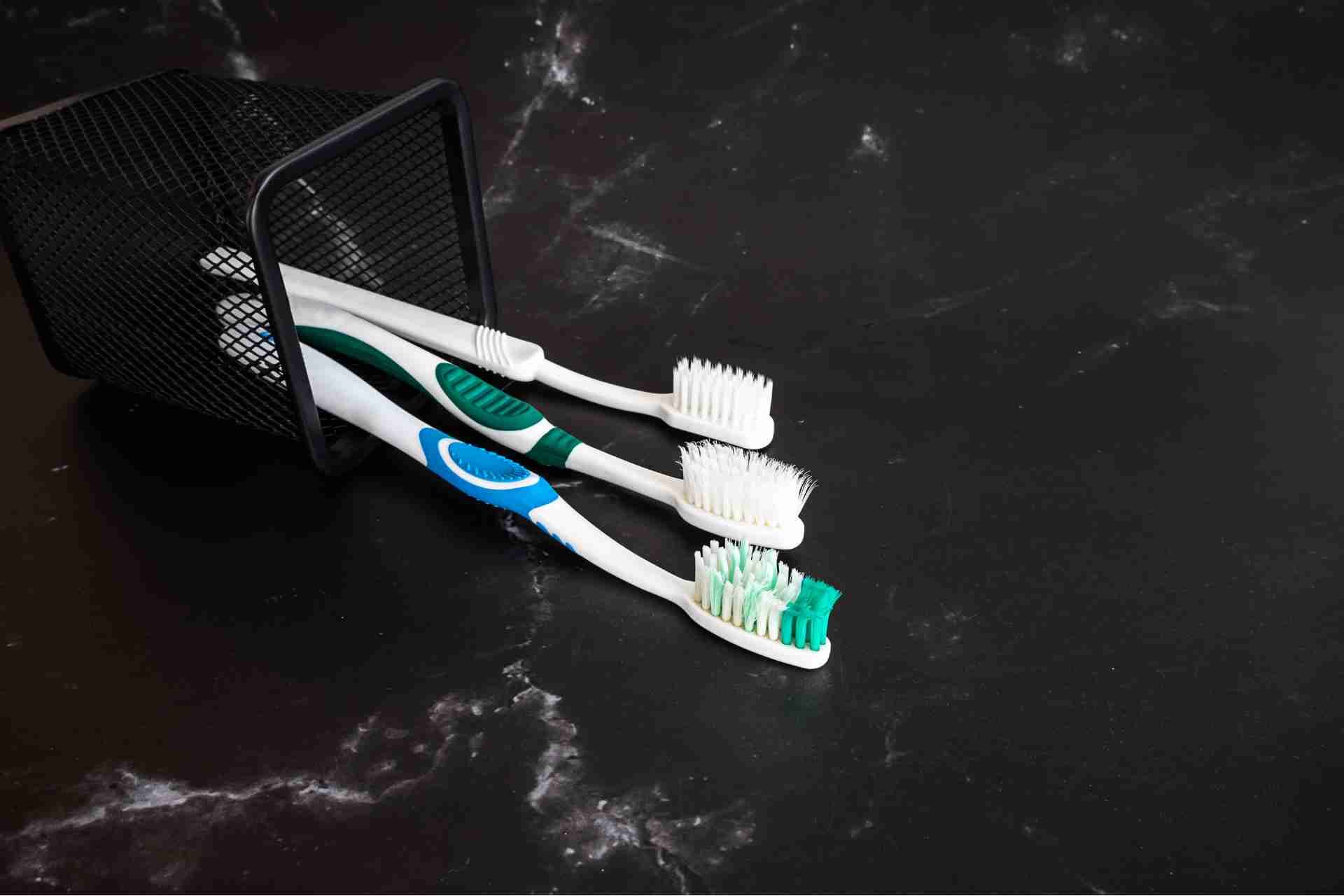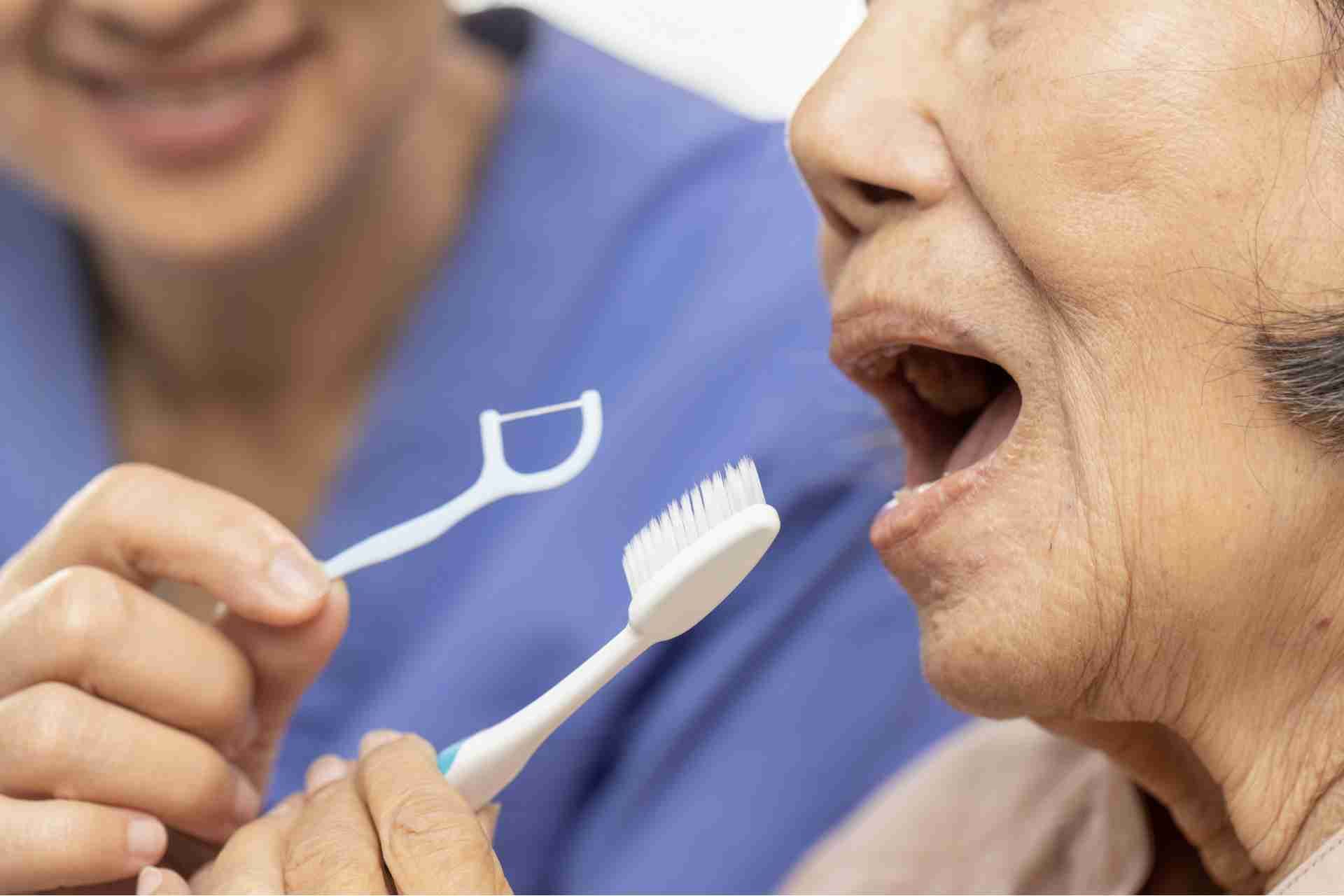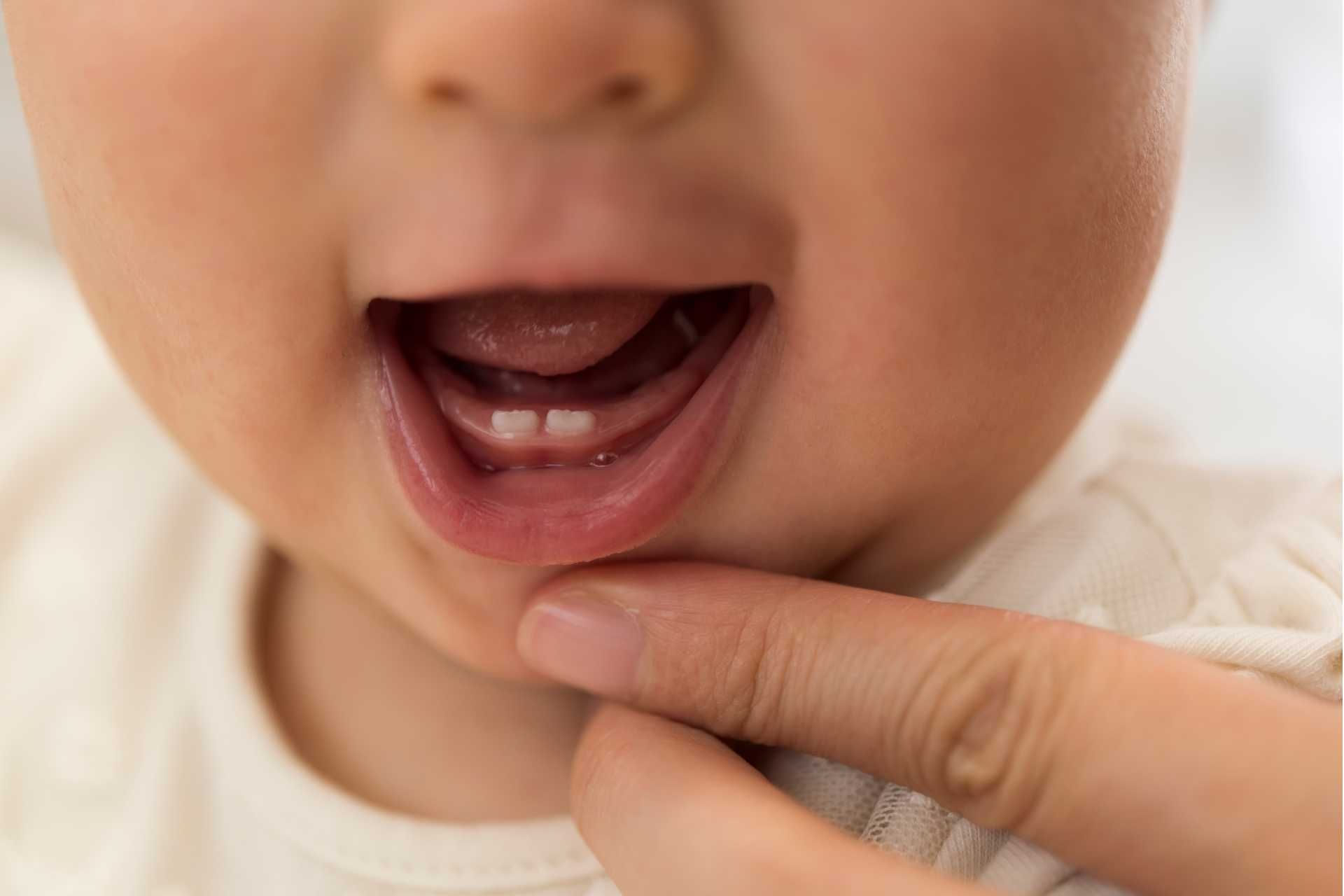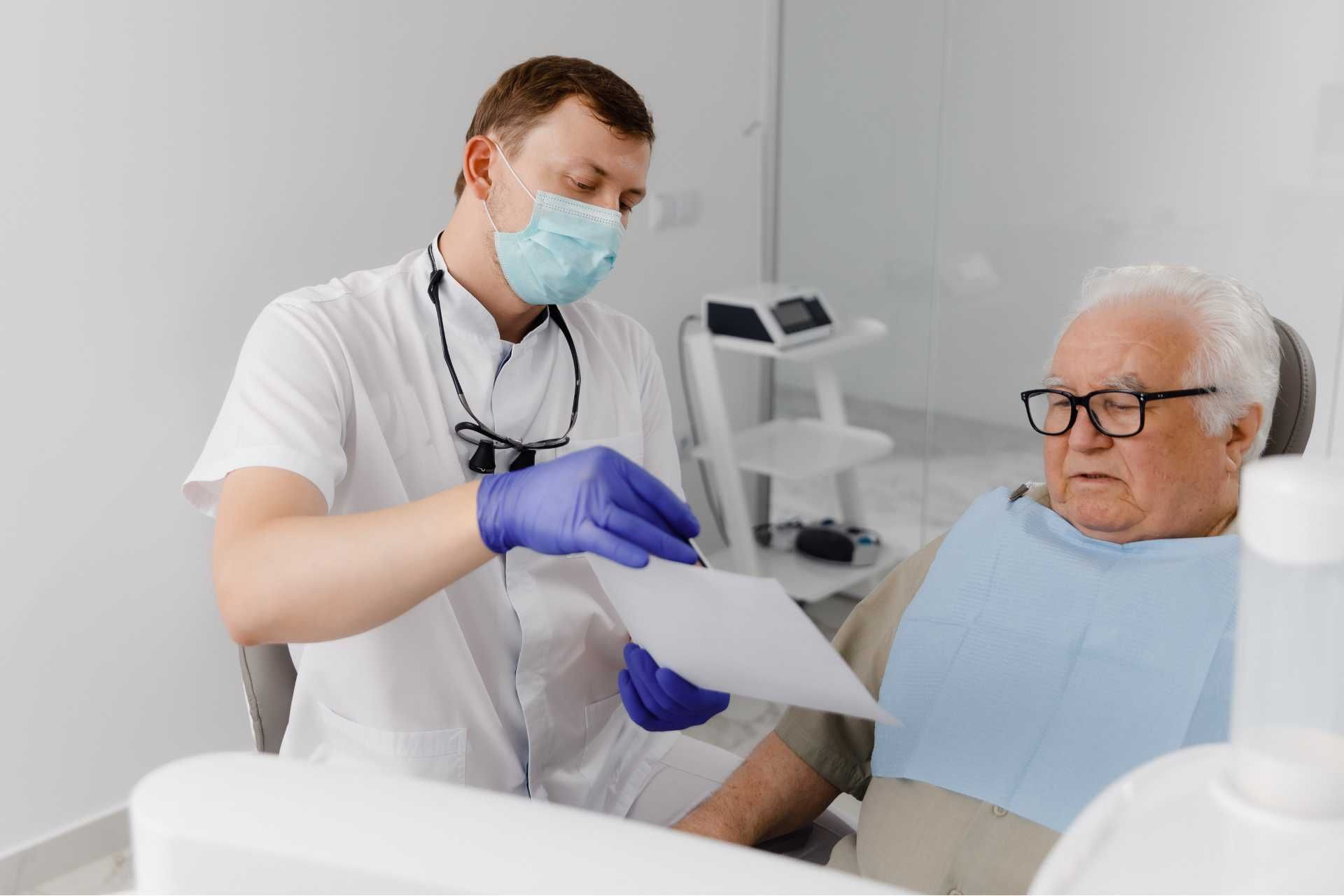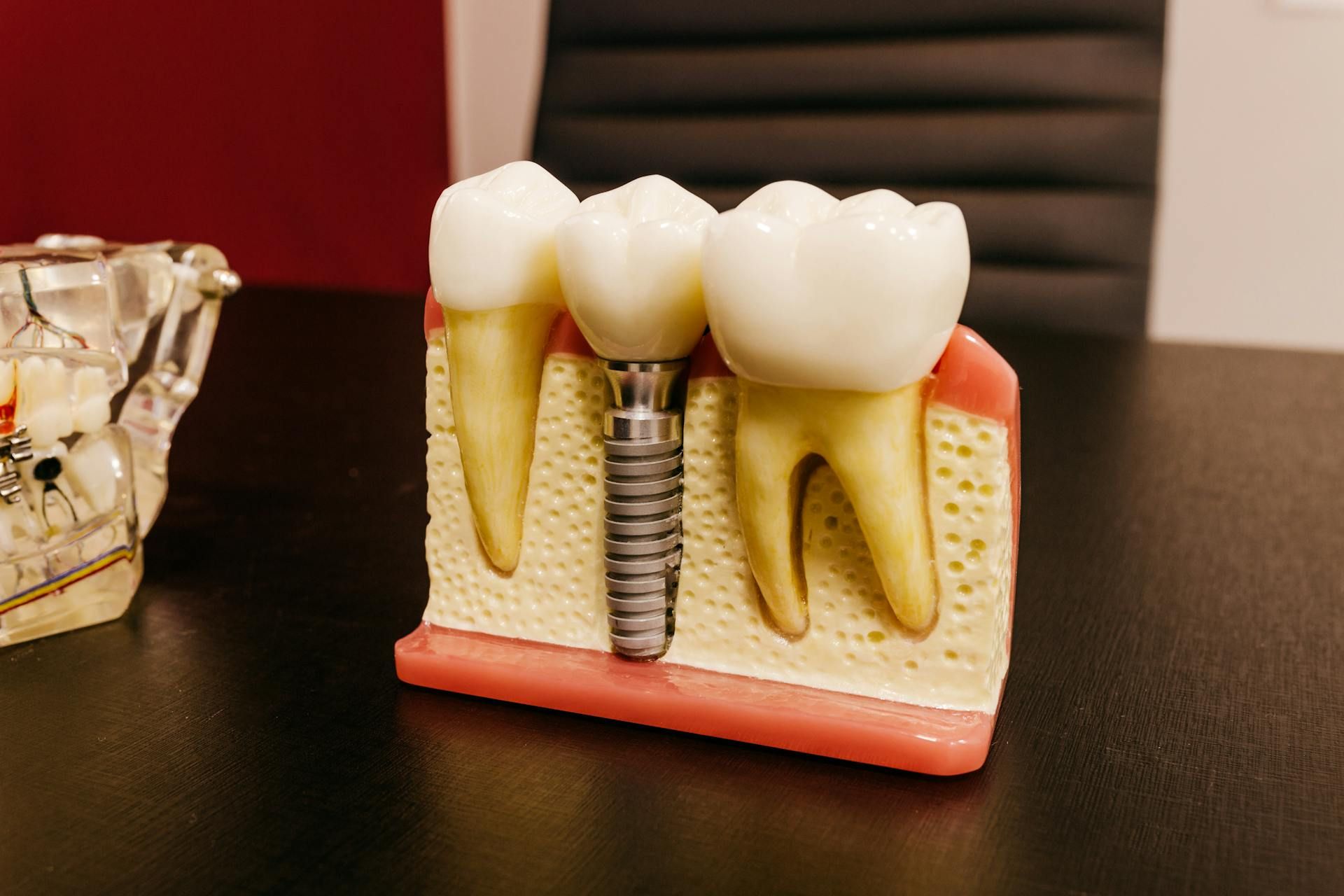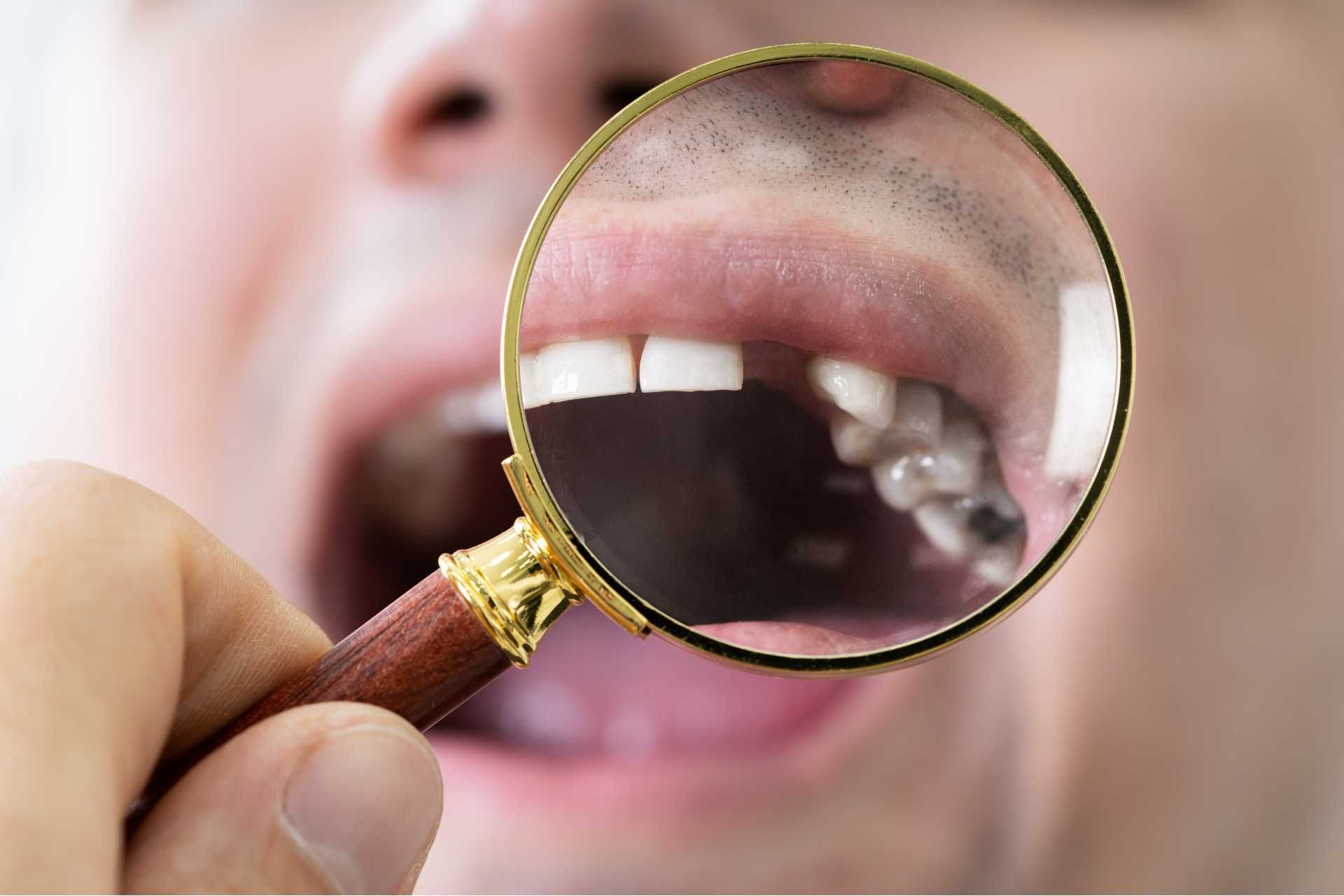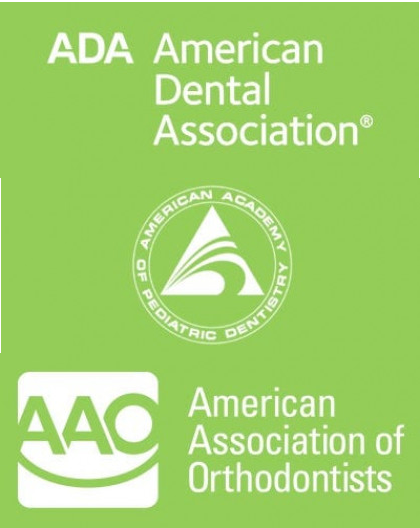Tooth Discoloration Causes and Treatments
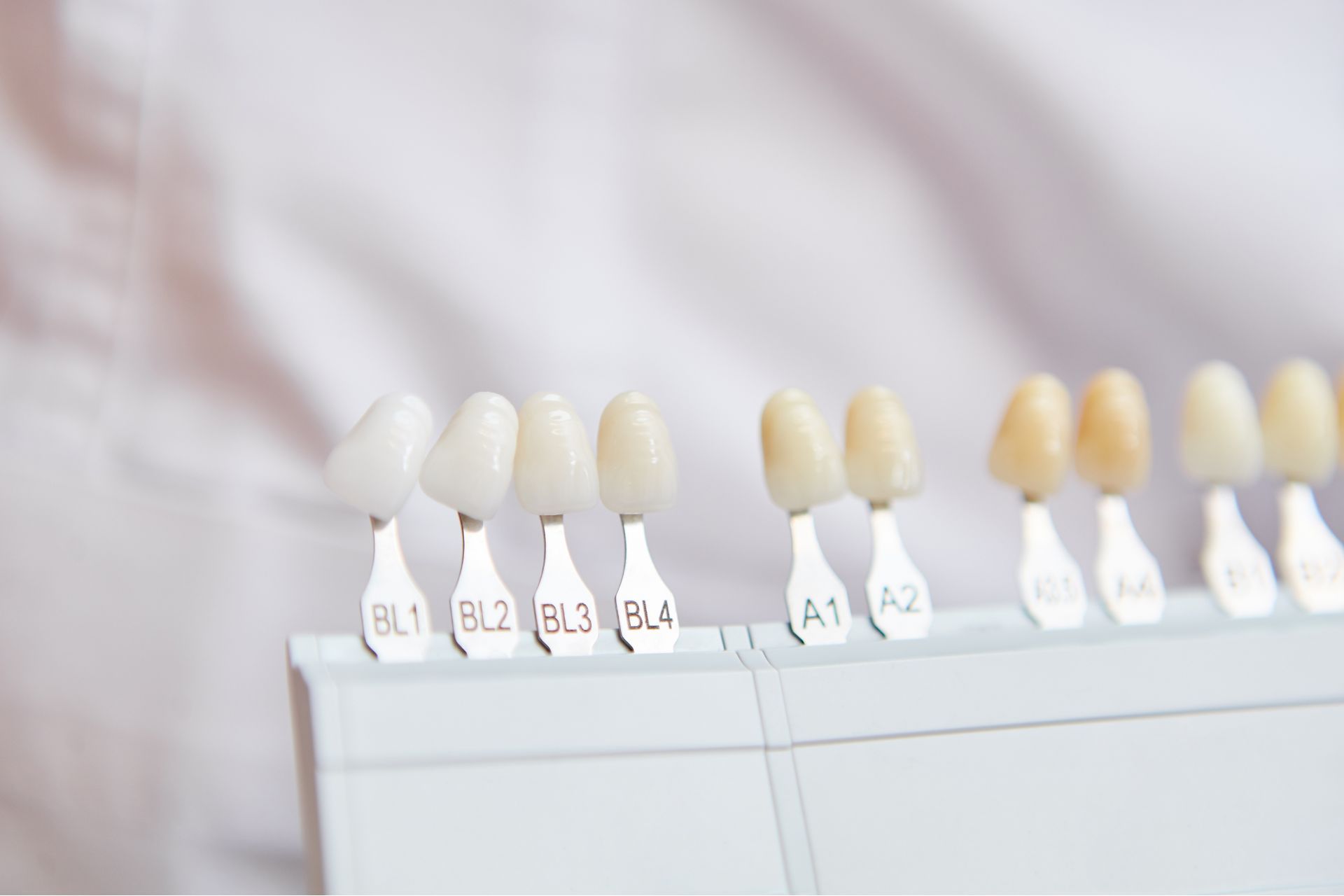
One of the most common dental issues that people face is tooth discoloration.
Tooth discoloration is a common issue that many people deal with at some point in their lives. Whether it's caused by aging, lifestyle habits, or underlying dental problems, discolored teeth can have a significant impact on a person's self-confidence and overall oral health.
In this blog post, we'll explore the tooth discoloration causes and discuss some potential treatment options to help restore a bright, white smile.
Causes of Tooth Discoloration
If you're struggling with tooth discoloration, it's important to understand the causes so you can take steps to prevent further discoloration and improve the appearance of your smile.
There are several factors that can contribute to tooth discoloration, including:
Poor oral hygiene
One of the most common causes of tooth discoloration is poor oral hygiene. If you don't brush and floss regularly, plaque and tartar can build up on your teeth, leading to stains and discoloration.
Food and drinks
Certain foods and drinks can stain your teeth, such as coffee, tea, red wine, and berries. Acidic foods and drinks can also erode the enamel of your teeth, causing them to appear discolored.
Tobacco use
Smoking and chewing tobacco can leave stains on your teeth that are difficult to remove. Tobacco use can also contribute to gum disease and other oral health issues.
Aging
As we age, the enamel of our teeth naturally wears down, revealing the yellowish dentin underneath. This can make our teeth appear more yellow or discolored over time.
Trauma
If you've experienced trauma to your teeth, such as a fall or a sports injury, it can cause the teeth to become discolored. Trauma can damage the blood vessels inside the tooth, leading to discoloration.
Medications
Some medications, such as certain antibiotics and antihistamines, can cause tooth discoloration as a side effect. It's important to talk to your dentist about any medications you're taking and how they might be affecting the color of your teeth.
Genetics
Some people are simply more predisposed to tooth discoloration due to genetics. If your parents or other family members have discolored teeth, you may be more likely to experience the same issue.
Types of tooth discoloration
Extrinsic Stains
Extrinsic stains are surface stains that occur on the outer layer of the tooth, known as the enamel. These stains are typically caused by consuming dark-colored beverages such as coffee, tea, and red wine, as well as smoking or poor oral hygiene. Extrinsic stains can often be treated with professional teeth whitening treatments or at-home whitening products.
Intrinsic Stains
Intrinsic stains occur within the tooth's inner structure, known as the dentin. These stains may be caused by factors such as aging, certain medications, or excessive fluoride consumption during childhood. Intrinsic stains can be more challenging to treat and may require more intensive teeth whitening procedures or cosmetic dentistry treatments such as veneers or bonding.
Age-Related Discoloration
As we age, our teeth naturally become more discolored due to the wear and tear of everyday use. The enamel on our teeth becomes thinner over time, allowing the yellowish dentin underneath to show through. Aging can also lead to discoloration caused by medications, health conditions, or changes in diet. Regular dental cleanings and whitening treatments can help to combat age-related discoloration and keep your smile looking vibrant.
Fluorosis
Fluorosis is a condition that occurs when individuals consume too much fluoride during the development of their teeth, typically during childhood. This excess fluoride can cause white or brown stains to develop on the teeth, which can be difficult to remove with traditional whitening methods. In severe cases, cosmetic dentistry procedures may be necessary to correct fluorosis-related discoloration.
Trauma-Related Discoloration
Trauma or injury to the teeth can also cause discoloration, often appearing as dark spots or greyish areas on the enamel. This type of discoloration may require professional treatment such as bonding, veneers, or crowns to restore the appearance of the affected teeth.
Treatments for Tooth Discoloration
Fortunately, there are several treatments available to help restore the brightness and whiteness of your teeth. Here are some common options for treating tooth discoloration:
- Professional Teeth Whitening: Professional teeth whitening is one of the most popular and effective treatments for tooth discoloration. A dentist will use a bleaching solution that contains a higher concentration of whitening agents compared to over-the-counter whitening products. The procedure can be done in-office or with take-home kits provided by your dentist.
- Dental Veneers: Dental veneers are thin, custom-made shells that are bonded to the front surface of your teeth to improve their appearance. Veneers can cover up stains and discoloration, as well as correct minor imperfections like chips and gaps in your teeth.
- Composite Bonding: Composite bonding involves applying a tooth-colored resin material to the surface of your teeth to hide imperfections like stains, chips, or gaps. The resin is then shaped and cured to match the natural appearance of your teeth.
- Dental Crowns: Dental crowns are tooth-shaped caps that are placed over a damaged or discolored tooth to restore its shape, size, and strength. Crowns can also improve the appearance of a tooth that is severely discolored or stained.
- Lifestyle Changes: Making changes to your lifestyle can also help prevent and reduce tooth discoloration. Avoiding tobacco products, limiting your intake of staining foods and beverages, and practicing good oral hygiene can all contribute to keeping your teeth bright and white.
How to Prevent Tooth Discoloration
Practice good oral hygiene
One of the most important things you can do to prevent tooth discoloration is to brush and floss your teeth regularly. This will help to remove plaque and prevent the buildup of stains on your teeth. Make sure to use a whitening toothpaste that contains fluoride to help keep your teeth clean and white.
Avoid foods and drinks that stain your teeth
Certain foods and drinks can cause stains on your teeth, such as coffee, tea, red wine, and berries. Try to limit your consumption of these items or rinse your mouth with water after consuming them to help prevent stains from forming on your teeth.
Quit smoking
Smoking not only poses serious health risks, but it can also cause tooth discoloration. The chemicals in tobacco can stain your teeth and make them appear yellow or brown. If you smoke, quitting can help prevent further discoloration and improve the overall health of your teeth and gums.
Consider professional whitening treatments
If you’re looking to brighten your smile, professional whitening treatments can be an effective option. Your dentist can provide in-office whitening treatments or custom-made whitening trays for you to use at home. These treatments can help to remove stubborn stains and give you a brighter, whiter smile.
Visit your dentist regularly
Regular dental cleanings and check-ups are essential for maintaining a healthy smile and preventing tooth discoloration. Your dentist can remove any plaque or tartar buildup on your teeth and provide professional whitening treatments to keep your smile looking its best.
If you want to avoid teeth discoloration and keep your smile looking its best,
contact Pennington Orthodontics & Pediatric Dentistry at
(609) 737-3700 today to schedule an appointment. Our team of experienced dental professionals is dedicated to helping you achieve a bright, white smile that you can be proud of.
